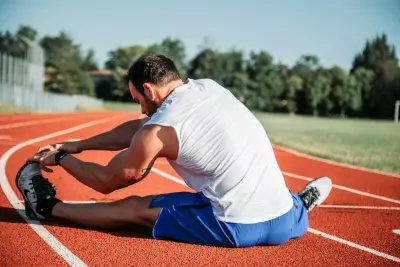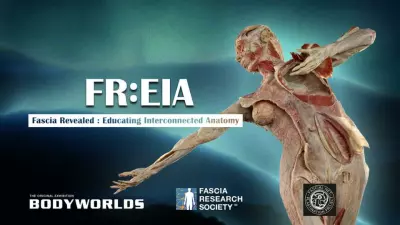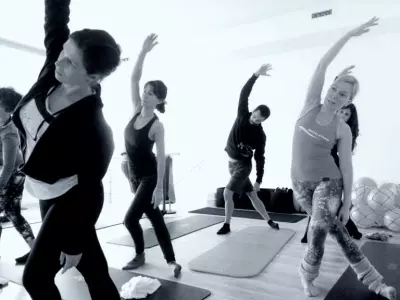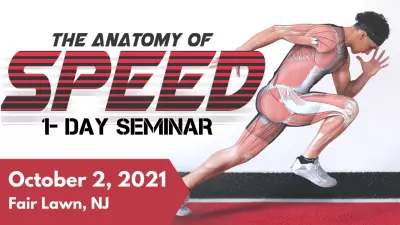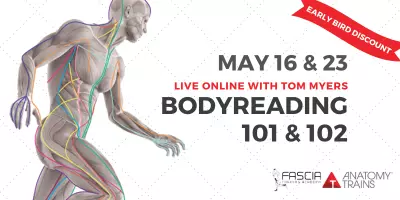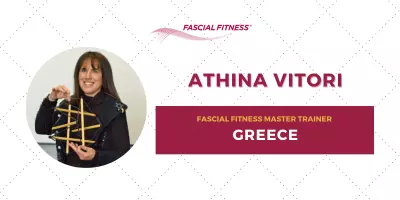
Trigger Point Therapy: Can Relieving Hard Knots Really Help Your Pain?
Healthcare professionals deeply involved in understanding the intricacies of fascia and its impact on the human body have observed firsthand how persistent muscle pain can significantly hinder one’s quality of life. One topic that frequently arises in discussions about muscle pain is trigger point therapy. This method deserves examination from a fascial fitness perspective. What…

